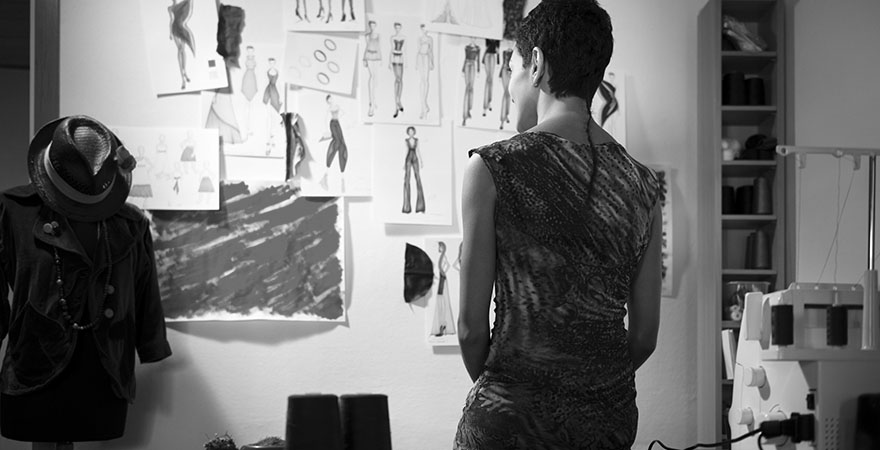History of Socks from Leather Hosiery to Diabetic Socks
These days consumers have a plethora of choices when it comes to socks including athletic socks, running socks, and even diabetic socks seen here. Wearing socks help keep your feet warm, and also protects them from rubbing against your shoes. Generally, most people have a collection of assorted socks stored in their drawers which they quickly pick and choose each morning without much thought. Although the thought of socks may seem quite mundane, taking a look at the history of socks is quite interesting.
Evidence has shown that knitted socks existed in ancient Egypt. By 8th century BC, Greeks had started wearing socks that were made from matted animal hair. Strips of woven and leather fabrics were used by the Romans to wrap their feet. They were commonly worn by actors in comedic plays.
In Middle Ages, socks were merely colored pieces of cloth that were usually worn by the wealthy. The socks were tied around the legs and fastened with garters. Garters were located on the top of the socks and were used to prevent the socks from falling down. By the 14th century, socks were worn as one piece and were known as tights. Made of colorful wools, silk, or velvet materials, these tights were usually worn in a different color on each leg. By the 15th century, people in France and Scotland started wearing knitted hose.
With the invention of the knitting machine in the 16th century, producing socks were greatly improved. In the past, socks were designed as two-legged hose. However, the knitting machine created a much tighter weave that allowed for two separate sock instead of one piece. In addition, this technological advancement made socks more accessible via mass production.
Using cotton to make socks became popular during the 19th century. Before that, Americans wore socks made of wool or silk. As long pants started gaining in popularity, stockings became shorter to what we now know as crew socks. In 1938, sock manufacturers introduced the concept of blending natural fibers with synthetic ones like nylon. To this day, it is common for socks to be made from a nylon blend. Not only does this help keep feet dry, it also prevents blisters, regulates temperature, and maintains its shape for an extended period of time.
These days, socks aren’t just a fashion accessory. They serve many different purposes. There are socks for any occasion. Business professionals have dress socks. Athletes can use socks made exclusively for physical activity. Those looking to avoid blood clots during long flights can opt for compression socks. There are even diabetic socks that keep diabetic feet healthy by improving circulation. We now have more choices than ever before. With such a long history of development, socks and hosiery have come

